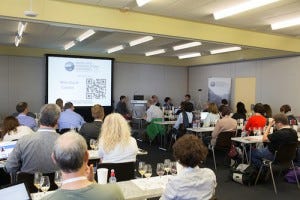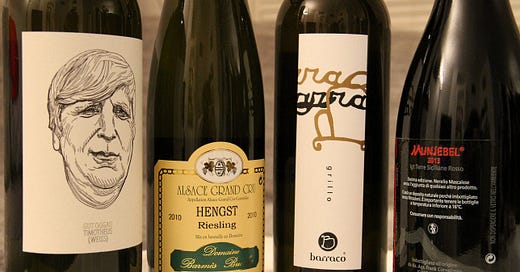Wine out of context - tasting blind at DWCC 2014

Many of us have had this experience - while holidaying in a hot sunny paradise, you taste a fantastic wine (let's say it's a rosé) and decide to fill up the suitcase. Uncorking the same wine back at home, it's utterly disappointing - thin and acidic, instead of the fruit-filled, lip-smacking gem you remembered.
This is context - or the lack of it. Environment, state of mind and the company you're in can hugely influence the impression of anything you ingest. But it doesn't stop there - context is everywhere. If you know the provenance of a wine, or how much it costs, it's almost impossible not to subconsciously form opinions.
Even the esteemed Michael Broadbent once related the tale of a grand dinner with wines served blind, and a seemingly rather closed red which didn't invite much comment from the guests. When it was later revealed to be a mature Chateau Latour, everyone went back to it and mysteriously found added layers of complexity and finesse.
Keep reading with a 7-day free trial
Subscribe to The Morning Claret to keep reading this post and get 7 days of free access to the full post archives.




